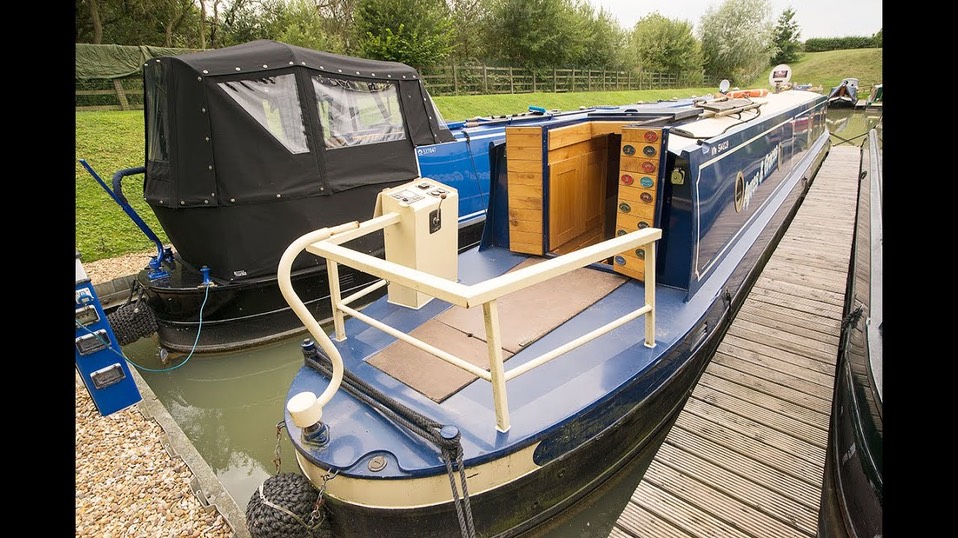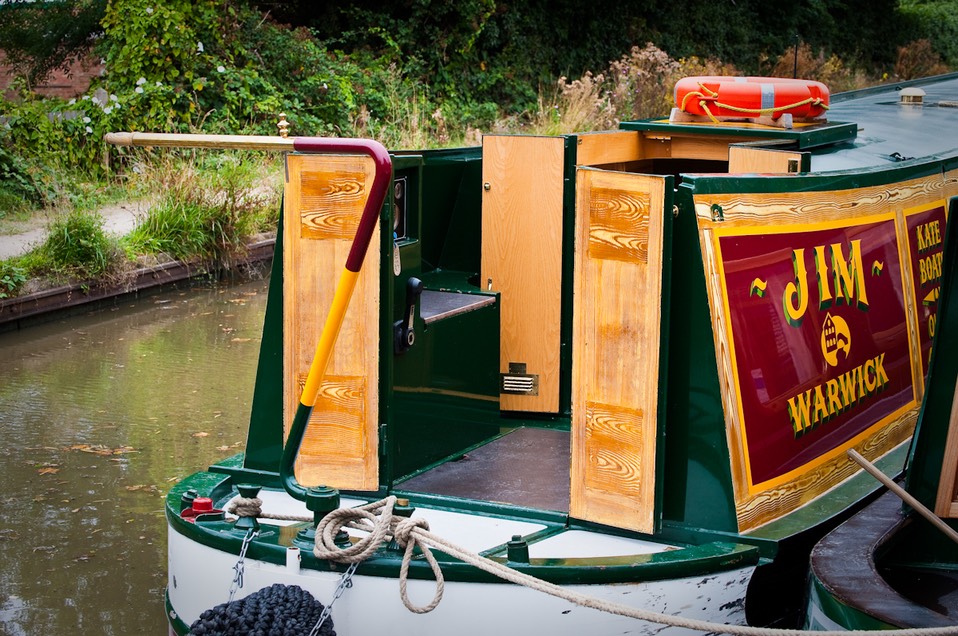Like, I think, the rest of the UK, nay the continent, we are sick and tired of Brexit. Sick and tired of the division and hatred it has brought to this country having seemingly caused more division within the country than anything since the English Civil War of 1642 - 1651.
From our point of view, once the transition period is behind us, it threatens to make our lifestyle if not impossible then far more difficult. Truth be known we were getting a little jaded with what we were doing anyway but feel strongly that we are not yet ready to go back into bricks and mortar.
So what to do now? What indeed.
What about cruising the canals of England and Wales?
While travelling we had met a couple - Lynn and Mark - who had lived many years on boats so we went to see them on their boat Green Orchid a wide beam beauty they had fitted out from a sailaway shell over the last two years. We got a great deal of information from them and they also took us to see dozens of boats for sale ranging from small (even smaller than our caravan) to giant 72ft monsters with vintage engines even older than we are.
That was it.
We would cruise the canals of England and Wales.
Slowly a clearer idea of what would suit us began to emerge.
★ A maximum length of 57ft - why that particular length I hear you ask. Because it is the longest length of boat that can go anywhere on the national network. Over that, as the length increases the number of canals in whose locks you cannot fit grows longer. Not by many it has to be said. At 62ft you are excluded from only the Calder and Hebble Canal running from Wakefield eastwards for 21miles and 28 locks later it joins the Rochdale Canal, and the Huddersfield Broad Canal (an an extention of the Huddefrsfied Narrow canal) at just 3.7 miles and 9 locks. As there are some 2200 miles of navigable canals that represents just over 1⁒ of the system that would be unavailable to boats over 57ft but less than 62ft. Above 62ft but below 70ft the exclusion extends to the Leeds and Liverpool canal whose 127 miles (includes 91 locks) represent a further 5.7⁒ of the system. This does not seem much but we wanted to be free to travel anywhere on the system and a stoppage (temporary canal closure) could stop us dead if we had a boat that was unable to use some of the network while a smaller boat could perhaps have been routed around the stoppage.
★ The Canal and River Trust issue annual licences to use the canal system the cost of which is calculated on the length (and from this year the width) of a boat. The cost of a 57ft boat (2020/2021) is £1010.43 per year while the cost of a 62ft boat would be £1086.19. This may seem a small difference but that small difference extends to every aspect - fuel, heating, maintenance. As the boat gets bigger the costs get higher, so the smallest boat in which we feel comfortable is the one for us. Our search encompasses boats from 50ft to 57ft..
★ The styles of caravans we have bought has always been limited by our inability to sleep on a double bed that has the top, bottom and one side enclosed, all our caravans have had island doubles or twin beds. Unfortunately not only do most boats have beds enclosed by walls on three sides they are generally 4ft or less wide. Neither of us are stick insect shaped so our boat choices are limited to those that have single beds, very rare animals indeed, or those that have a “Pullman” dining room that converts to a bed so that we could have a 4ft bed each or boats with a “cross” bed. Cross beds tends to be wider, a boat, we almost made an offer on, had a 5’ wide cross bed. We could cope with that although, unfortunately at our age, we both need the loo at night and the person on the outside, in the example below - me, has no access to the bathroom. This however is a problem that can fairly easily be solved with a bucket and a bottle of hand cleaning gel.
★ Our main problem with caravan living was not the small space (even our biggest caravan had a living area of just 160 square feet) it was the payload. That biggest caravan had a payload of just 160kg (352 lb) which we were able to upgrade to (in caravan terms) a massive 281kg (618 lb) even a small boat would have around 300 square feet of living space and, at a ton or more, a huge payload.
★ There are three types of stern on narrowboats, traditional or trad, semi-traditional or semi and cruiser.
1. The Traditional stern. The cabin sides and roof extend almost to the back of the hull, leaving a small platform for the helmsman to stand although he, generally, doesn’t use this small area from which to helm but stands in the hatchway, often on rainy and cold days with the doors closed behind him. On boats with a “boat-mans cabin” there is often a solid fuel stove/cooker to keep the helmsman warm.

2, Cruiser stern. The boat’s cabin sides and roof are six to ten feet shorter than the hull, leaving an open deck from the rear of which the helmsman steers. It is a far more social area than that of a trad stern..
3. Semi-trad stern. A cross between cruiser and traditional stern boats. The cabin sides extend as far back as a traditional stern, but the cabin roof ends in the same place as a cruiser stern craft.
Our preference would most definitely be for a cruiser stern, it does have disadvantages but, for us, more advantages.
★ There is a “standard” layout for a narrowboat in which entering from the stern you first encounter the bedroom, then the bathroom followed by the galley (kitchen) and saloon (living room).
We favour a “reverse” layout where, again entering from the stern is first the galley then the saloon, the bathroom and finally the bedroom, unfortunately there are not many boats with this layout
However every boat is a compromise, we don’t want a “pump out” toilet but many of the boats we look at have one, we would like a boat with single beds but they are as rare as hens teeth. It seems that perhaps the best method, and one we intend to pursue, is to buy the best compromise we can and then, over time, change the layout to what we want.
All we have to now is find the compromise.

